The personal plot begins with a gate and a wicket. In order for them to serve as long as possible, they need to make a high-quality foundation – the foundation. How to make a foundation for an entrance group so that the whole structure is durable and reliable is described in this article.
There are several ways to make an entry group. The easiest way is to dig vertical pillars into the ground with gravel compaction, and hang the gates and a wicket on them. Only, most likely, such a structure will loosen in a couple of months, the gate will stop closing and it will become impossible to use them. Therefore, the issue of the reliability of securing the pillars in an upright position should be given special attention. To solve this rather difficult task, it is necessary to fix the pillars by making a columnar or monolithic foundation under them.
If you competently approach the arrangement of a columnar foundation with a sole under each pillar, buried below the freezing depth, then such a structure will be quite reliable. However, any mistake made during the construction phase, due to the heaving of soils during freezing, will eventually lead to distortions of the gates and wickets, as can be seen, for example, in the photo.
As a result, we get not only a spoiled view of the entrance group, but also inconvenience in its operation, which means money wasted.
Surely to avoid such a result will allow the arrangement of the entrance group with a monolithic reinforced concrete foundation, in which all the pillars, and there are usually three of them, are connected by a single foundation tape.
Further, it will be described how you can independently make a similar foundation for an entry group.
Required tools and materials
To carry out the work, you will need the following tools and materials.
Tool:
- Angle grinder (grinder) with a disc for metal.
- Drill with mixer attachment for mixing cement mortar.
- Screwdriver and self-tapping screws.
- Hand drill.
- Building level.
- Hacksaw for wood.
- Shovel.
Materials:
- Cement M 500 (50 kg) – 13 bags.
- Pine edged boards, size 150x50x6000 mm – 6 pieces.
- Fine crushed stone.
- Medium sand – 1 m3.
- Profile pipes, size 60x60x3500 mm – 3 pieces.
- Metal corner about 1 m long – 4 pieces.
Production of a monolithic foundation for an entrance group
Since the required structure, due to its thoroughness, is rather complicated, then first it is necessary to present a project of the future structure.
Foundation project
To pour concrete, you will need to make a wooden formwork. Foundation project in formwork
In our case, in the future, it is planned to erect brick pillars around the metal pillars, therefore, square foundations-elevations for masonry are provided on the foundation
If you do not make such brick pillars, then it makes sense to recalculate the cross-section of metal profiles for the required load – a gate and a wicket. There is no need to do elevations in this case..
So let’s get started.
1. Digging a trench for the entire entrance group. In our case, 5 m long, 40 cm wide and 80 cm deep.
2.With the help of a hand drill at the bottom, we make pits for pillars with a depth of 50 cm.
Thus, the lowest point of the foundation is at a depth of 1 m 30 cm.
3. Preparation of shaped pipes. To improve vertical fixation at a distance of 40 cm from the end, we cut through holes with a grinder and wind the wire
4. We put a sand cushion in the pit with a layer of 10 cm and install the extreme pipes.
5. We set the level of the pipe in two vertical planes.
6. Mix the cement slurry in a suitable container using a mixer.
7. Pour into the pit. Pour in the pre-moistened gravel and tamp it with a metal bar.
This operation will give the cement mortar the strength of the concrete. It would be more correct to fill in the gravel during the mixing process, but in this case it will be quite problematic to use a hand mixer. You can also use a ready-made sand-concrete mixture – a drill with a mixer will cope in this case, but this will lead to a strong increase in the cost of the project.
8. We get two extreme pillars concreted in pits.
9. Stretch the twine. We will use it to control the plane when installing the middle pillar. Check verticality using a level.
10. Fill the middle pillar with concrete in the same way as the two outer ones. We make a ten centimeter sand cushion along the entire length of the ditch. We leave only the tops of the concrete platforms in the places where the metal pillars are installed are not covered.
11. We start manufacturing the formwork. So that the boards do not disperse under the pressure of concrete, we drive 2 metal corners into the end of the trench to a depth of 40 cm. We drill holes in them and screw the board with screws. Check its horizontal position before fixing with a level.
12. Using a 6 m board and a level, we determine the location of the opposite end wall of the formwork. We fix it in the same way.
13. Fix the vertical guides for the side walls.
14. Saw off the boards to the required length and install the side walls of the formwork.
15. To protect the walls of the trench from crumbling, we fix the film inside the formwork.
16. Around the pillars we knock down boxes measuring 40×40 cm.
17. We mount the reinforcement inside the formwork. We knit the metal skeleton of the future monolith from a 10 mm bar.
18. As a result, we get the finished formwork.
19. Fill the foundation. In total, you need to knead about 2 m3 concrete. You can buy a ready-made one, or stir it yourself using a professional concrete mixer, or a self-made device.
20. After 2–3 days, when the concrete has set, you can fill in square platforms – bases for brick pillars. As a result, after complete solidification of concrete and shooting of the formwork, the following result will be obtained:
In the end, it is worth mentioning once again that the described option for arranging the entrance group is far from the only possible one. However, it is he who allows you to perform all the work on your own without attracting additional labor, and as a result, it is guaranteed to get an excellent result..
Do-it-yourself monolithic reinforced concrete foundation for the gate and wicket
This WordPress post presents an easy to build monolithic reinforced concrete foundation specifically for gates and wickets. It offers a viable and durable alternative to the traditionally used steel structures. Due to its monolithic design, the foundation can be installed without the need of any adhesive or sealant. Additionally, it is resistant to rust and requires minimum to no maintenance. It is also easily adjustable to different sizes and shapes and can be customized in any form. This particular foundation is ideal for intrusion-prevention protection of gates and wickets due to its robust and heavy-duty quality.
House and cottage, suburban construction

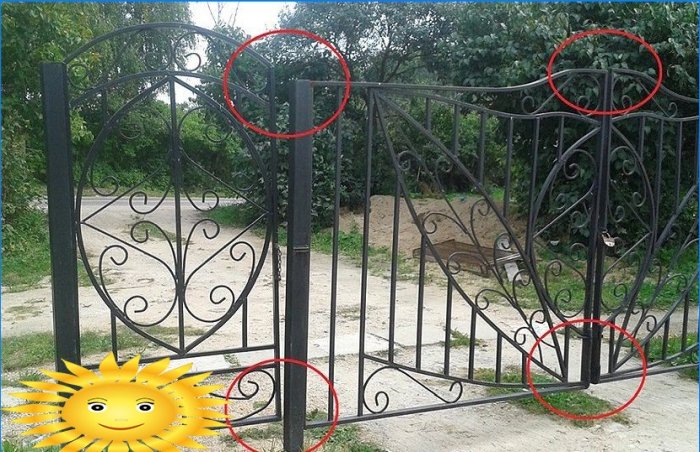
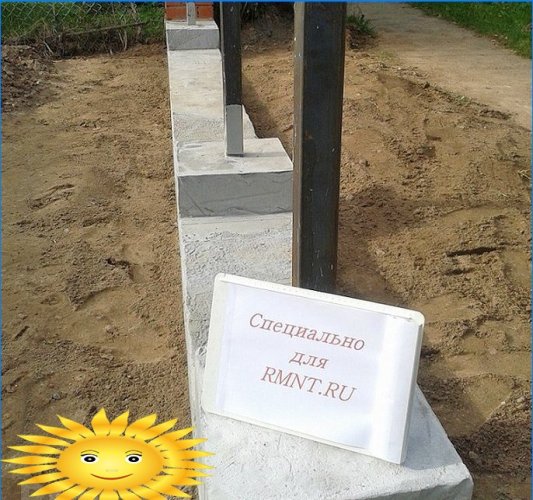
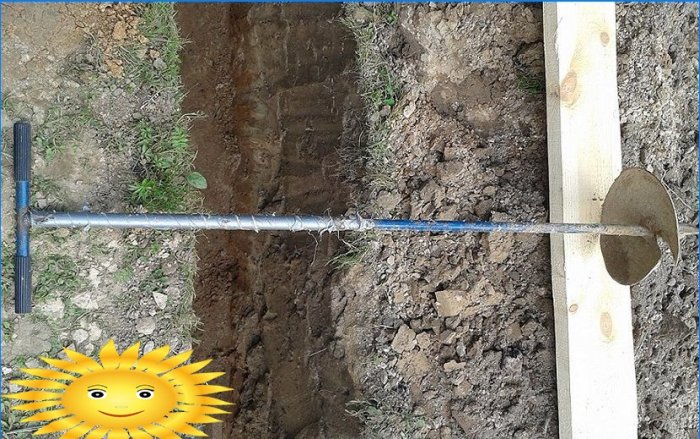
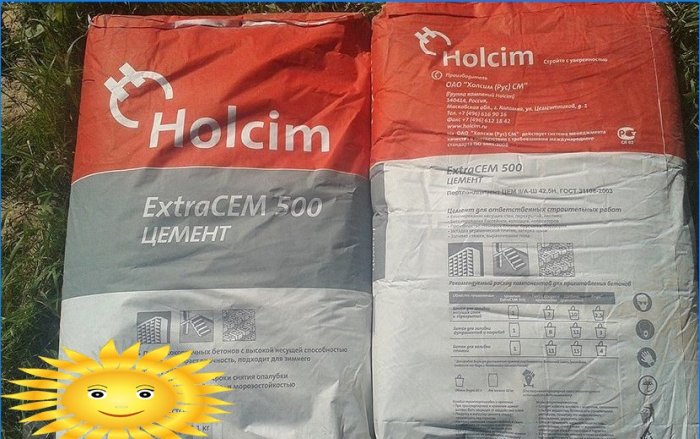
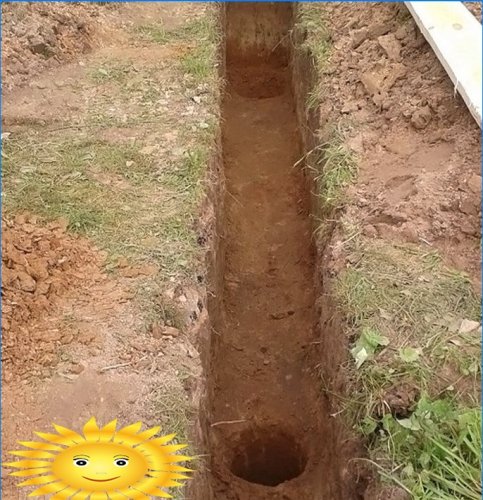
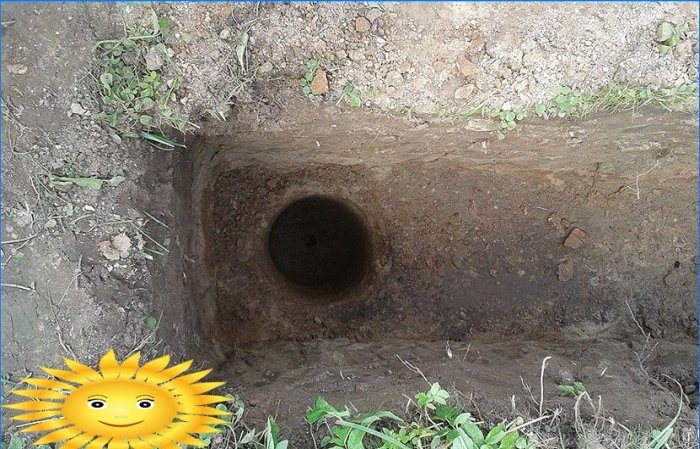
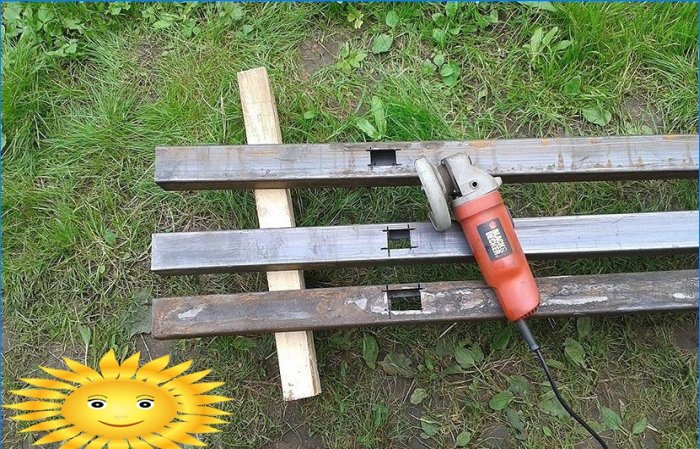
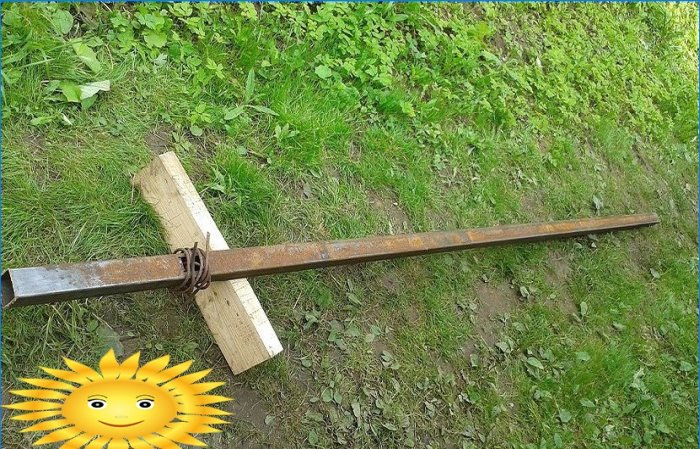
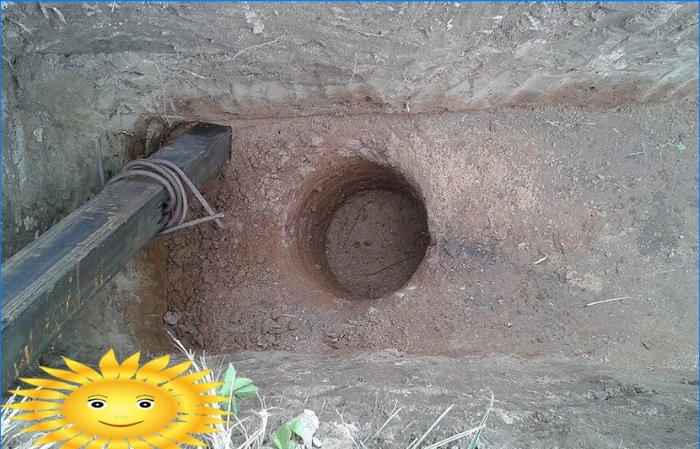

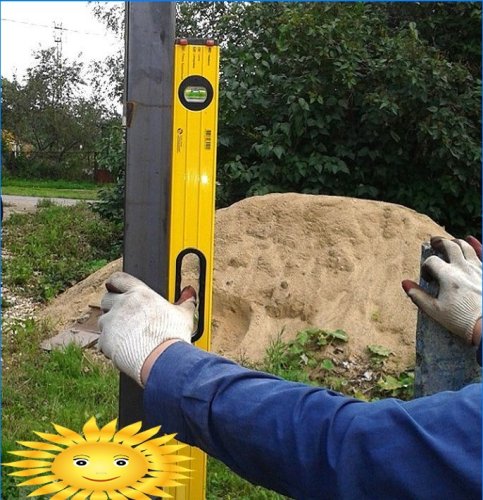
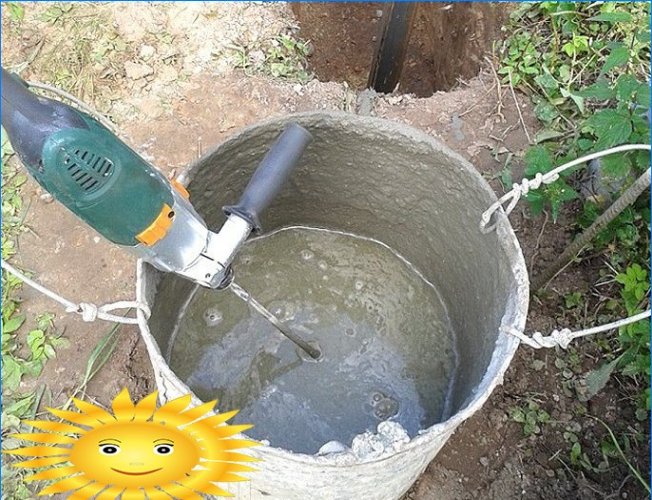
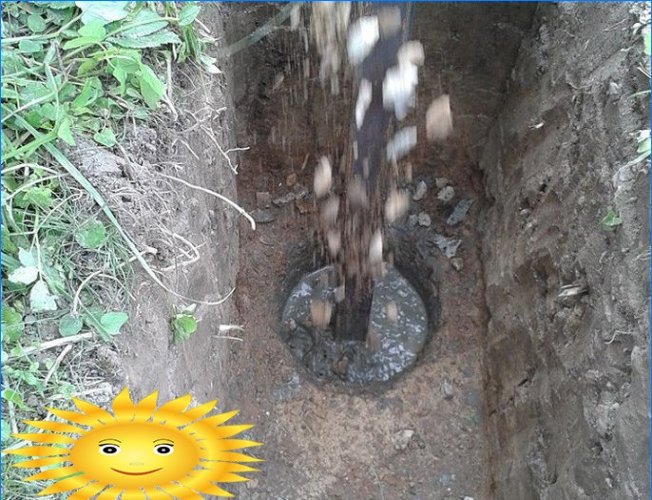
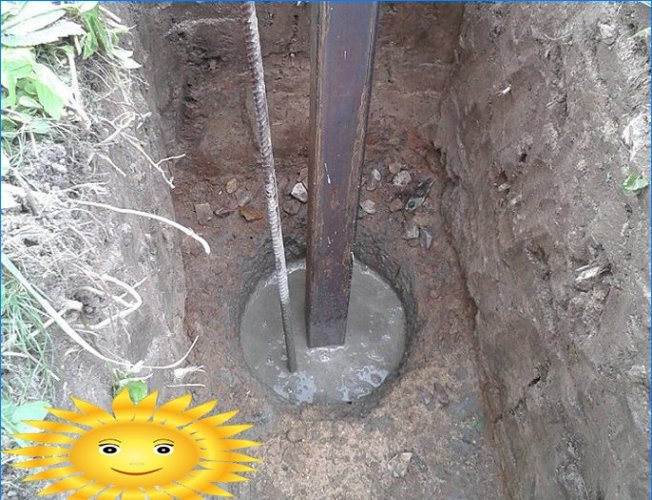
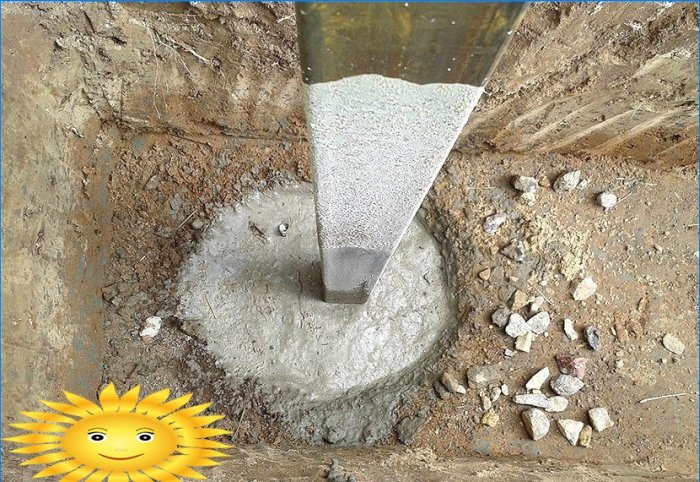
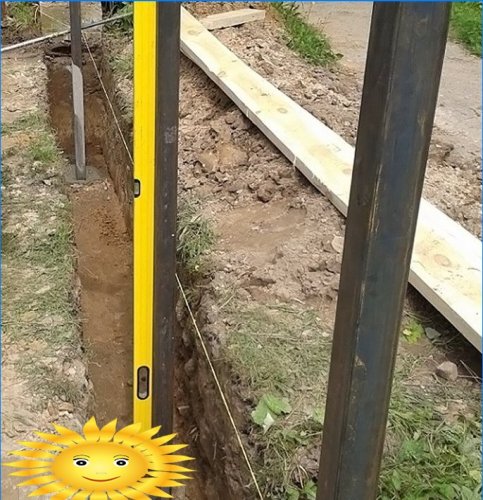
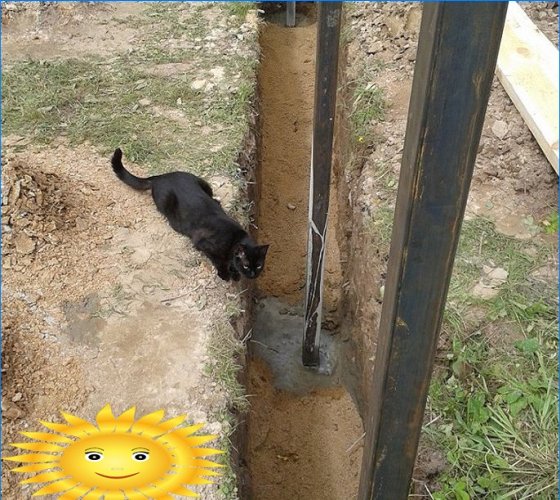

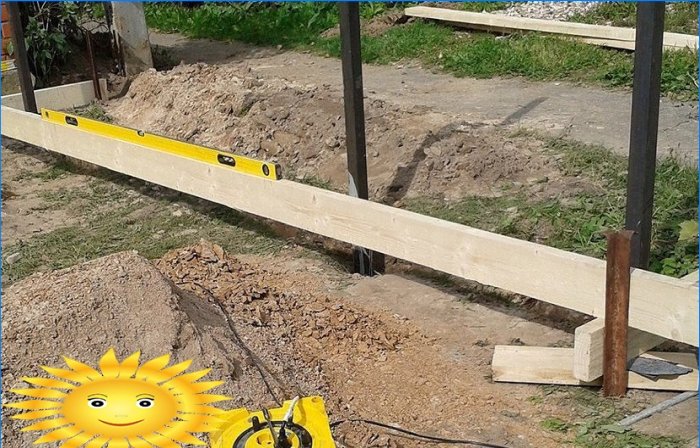
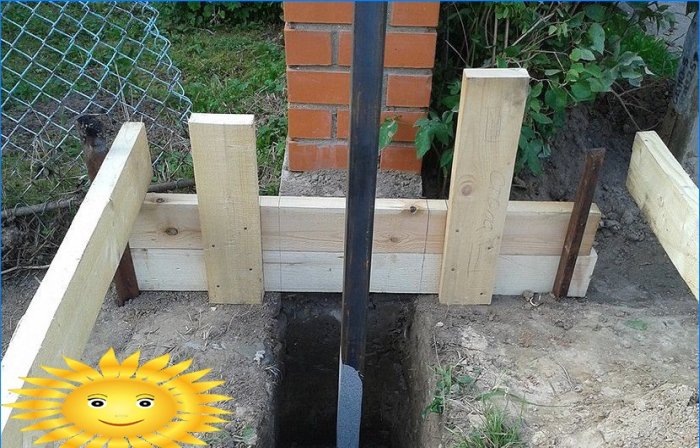
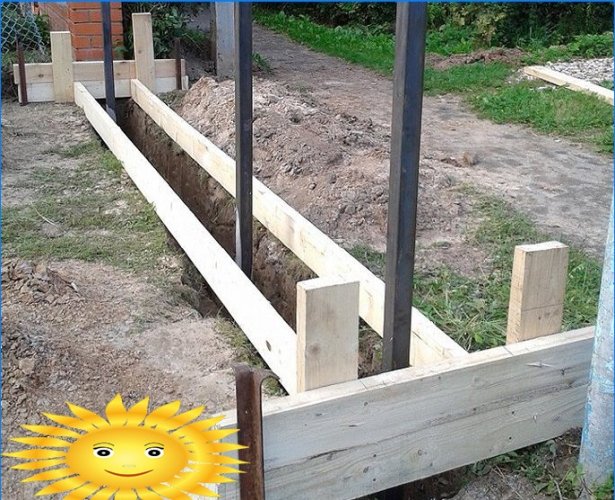
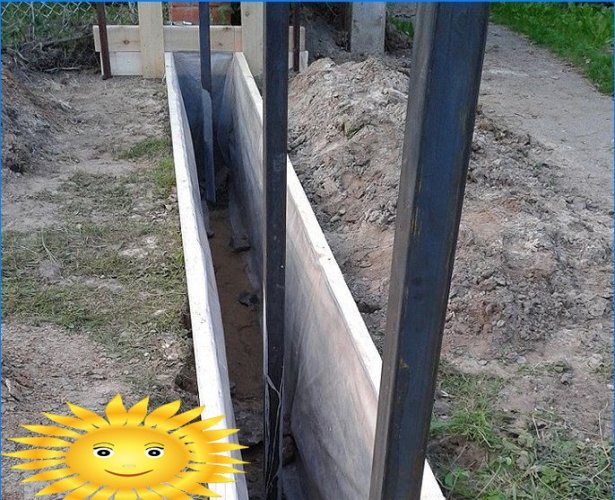

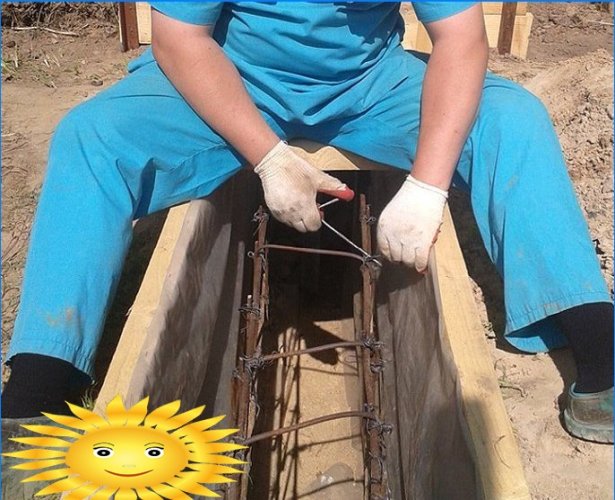
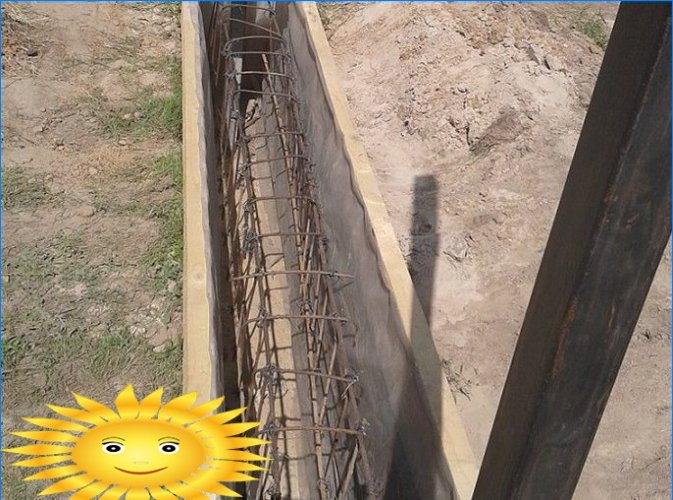
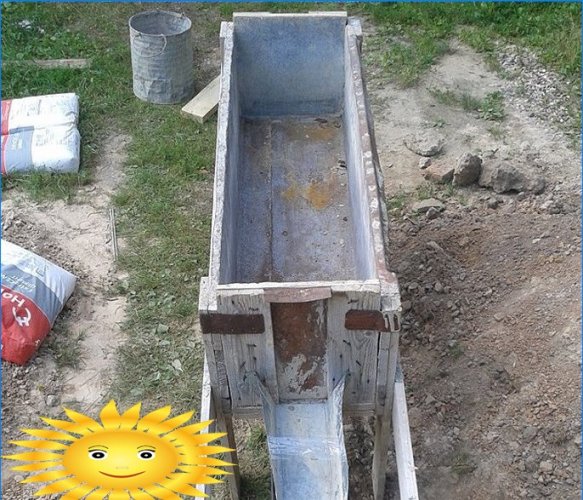

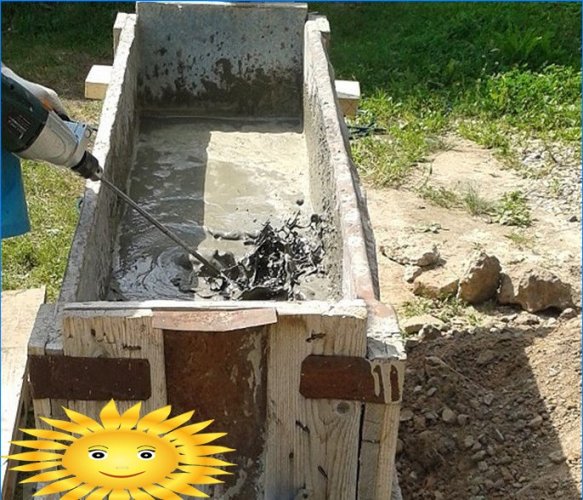
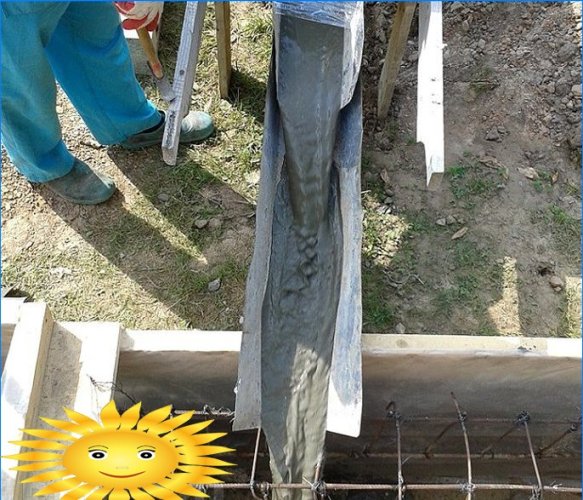
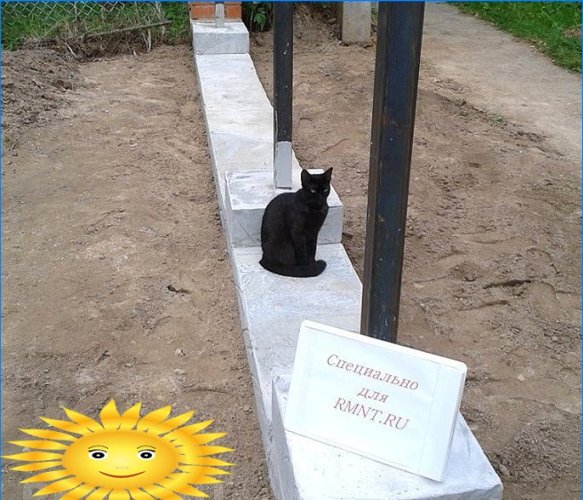
How difficult is it to build a DIY monolithic reinforced concrete foundation for a gate and wicket? Are there any specific instructions or tips that one should follow to ensure it is done correctly and securely?
Can you provide detailed instructions for building a DIY monolithic reinforced concrete foundation for a gate and wicket?
What are the necessary steps to build a DIY monolithic reinforced concrete foundation for a gate and wicket?
To build a DIY monolithic reinforced concrete foundation for a gate and wicket, follow these necessary steps:
1. Dig the foundation trenches according to the desired dimensions and depth, ensuring they are wider than the gate and wicket.
2. Compact the soil at the bottom of the trenches and install a layer of gravel or crushed stone for drainage.
3. Build formwork using wooden planks or panels, ensuring it is properly aligned and leveled.
4. Place reinforcing bars (rebar) at regular intervals within the formwork to provide strength and prevent cracking. Cross bars and stirrups should be used to reinforce corners and critical areas.
5. Pour concrete into the formwork, making sure it fills all the voids. Use a concrete mix with the appropriate proportions of cement, sand, gravel, and water. Follow the manufacturer’s instructions for mixing and pouring.
6. Consolidate the concrete by vibrating it with a concrete vibrator or by using a rod to remove air bubbles. This ensures the concrete is fully compacted and has uniform strength.
7. Smooth the surface of the concrete using a trowel, avoiding any excess water accumulation. If desired, imprint a decorative pattern or texture on the surface.
8. Allow the concrete to cure for at least 48 hours, keeping it damp and protected from direct sunlight during this period.
9. After curing, remove the formwork and clean the foundation surface. Inspect for any cracks or imperfections, and repair them if necessary.
10. Finally, install the gate and wicket on the foundation using appropriate hardware and fasteners. Follow the manufacturer’s instructions for proper installation.
Remember to wear appropriate personal protective equipment, such as gloves and goggles, when handling concrete and construction materials. If in doubt, consult a professional for guidance and assistance.
How difficult is it to build a monolithic reinforced concrete foundation for a gate and wicket on your own? Are there any specific steps or materials that need to be considered?